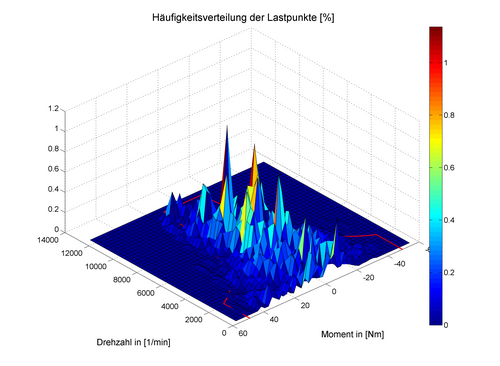Design and dimensioning of electrical drive trains
Challenges
The topic of electromobility is becoming increasingly important as a result of the public debate and the growing scarcity of fossil resources. This is associated with new solutions in the design of vehicle drives. Since a large proportion of future vehicles will be driven purely electrically, it is important today to research the methodological capabilities to achieve a sensible and sustainable design and dimensioning of the electric powertrain, taking into account the boundary conditions in the vehicle.
Goals
We develop methods and tools for the optimal design of electrical machines in vehicle powertrains. Based on previously defined boundary conditions, we can provide detailed design specifications and requirements for the electromechanical converter, which serve as input for other working groups at the department.
Steps
System analysis
The basis for designing an electric powertrain is a detailed analysis of the "vehicle powertrain" system. Starting from basic specifications such as vehicle mass, drag coefficient and rolling friction coefficient, the load points for a given driving cycle can be calculated.
Requirements synthesis
Based on a system analysis, operating ranges that optimally fulfill the previously formulated requirements are synthesized, taking into account the properties of the electromechanical converters. An example of such a requirement would be the demand for the minimum power for a given acceleration.
Testing
Experimental verification of the results on the powertrain test rig
ensures a closed development chain from design through to testing.
